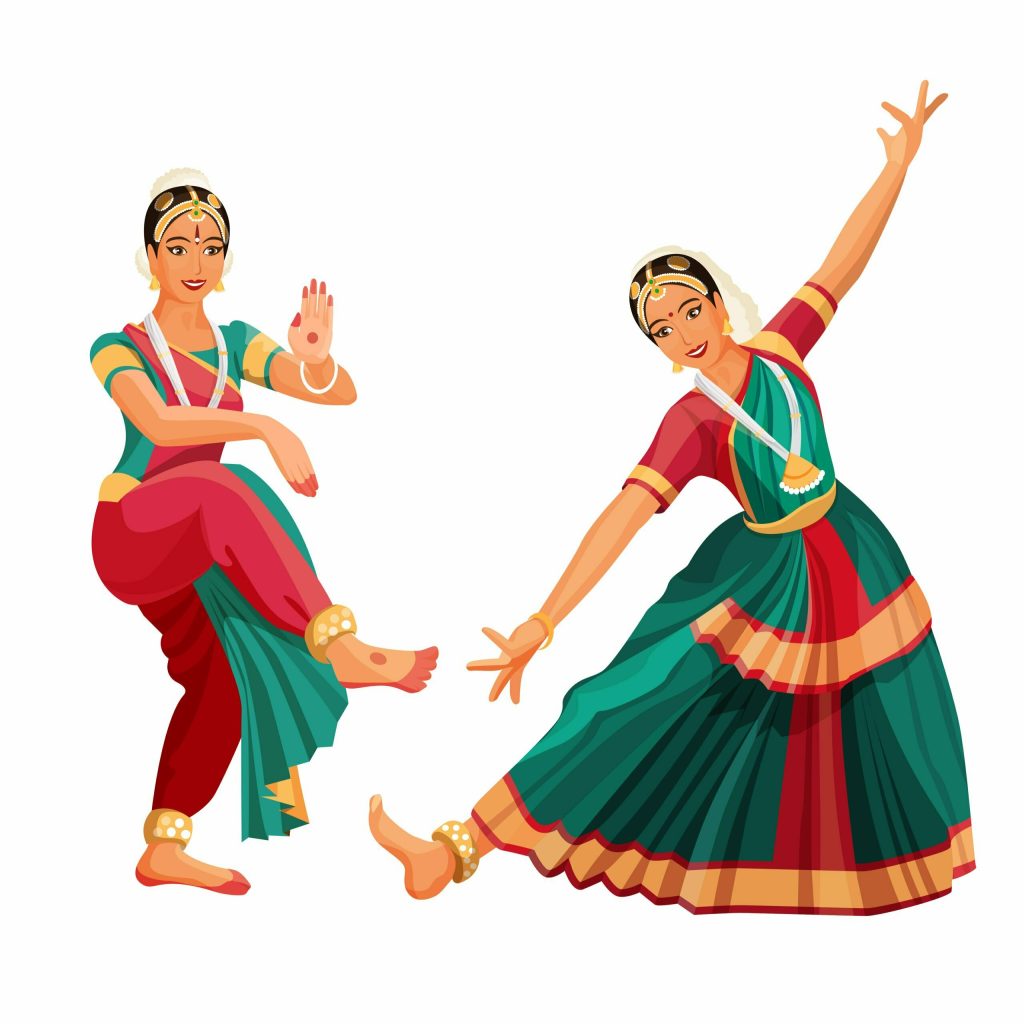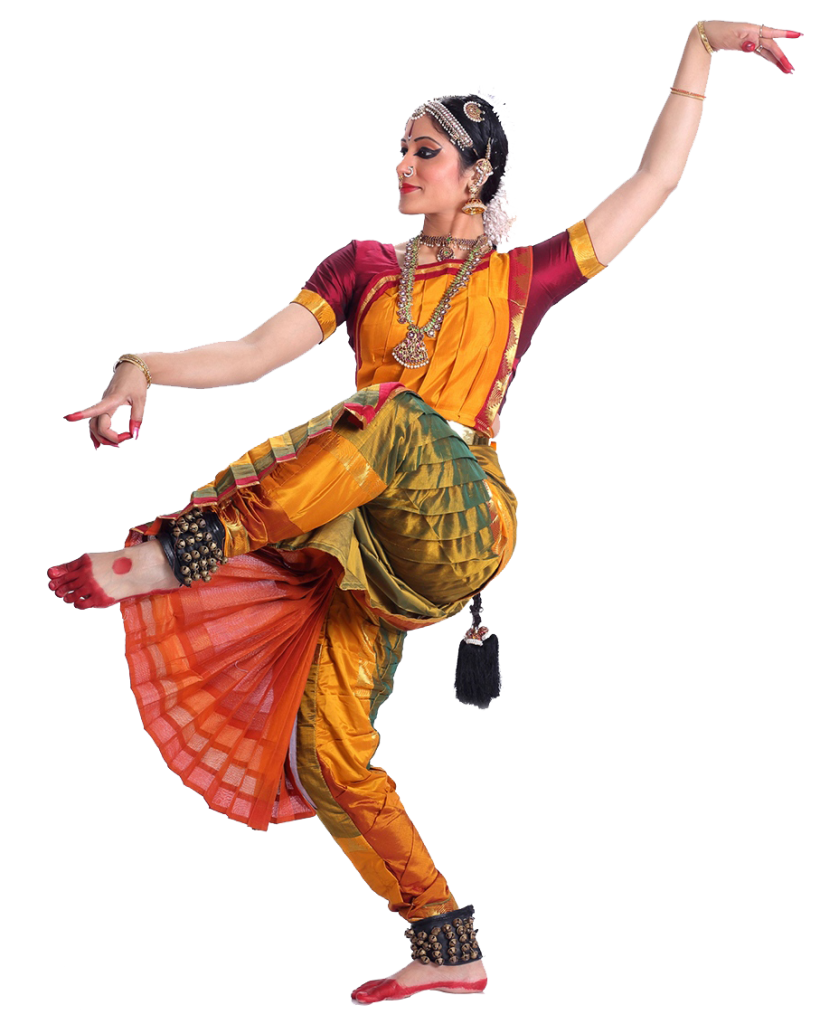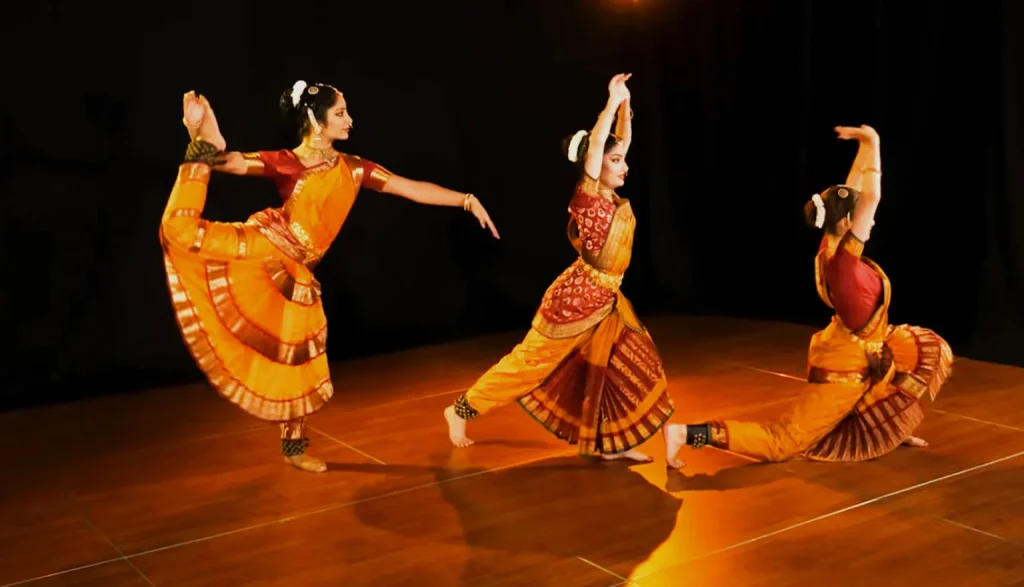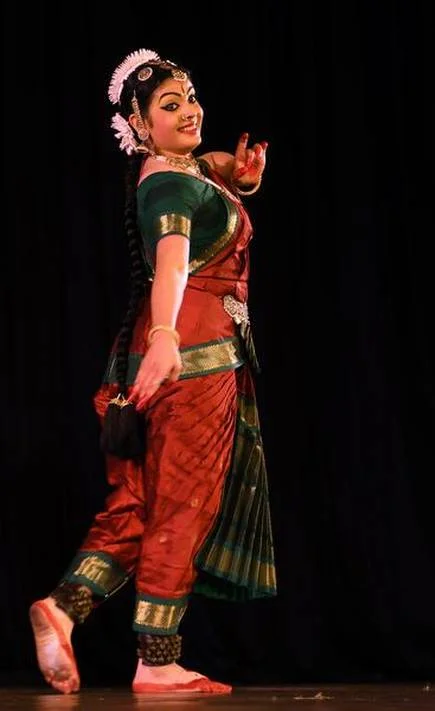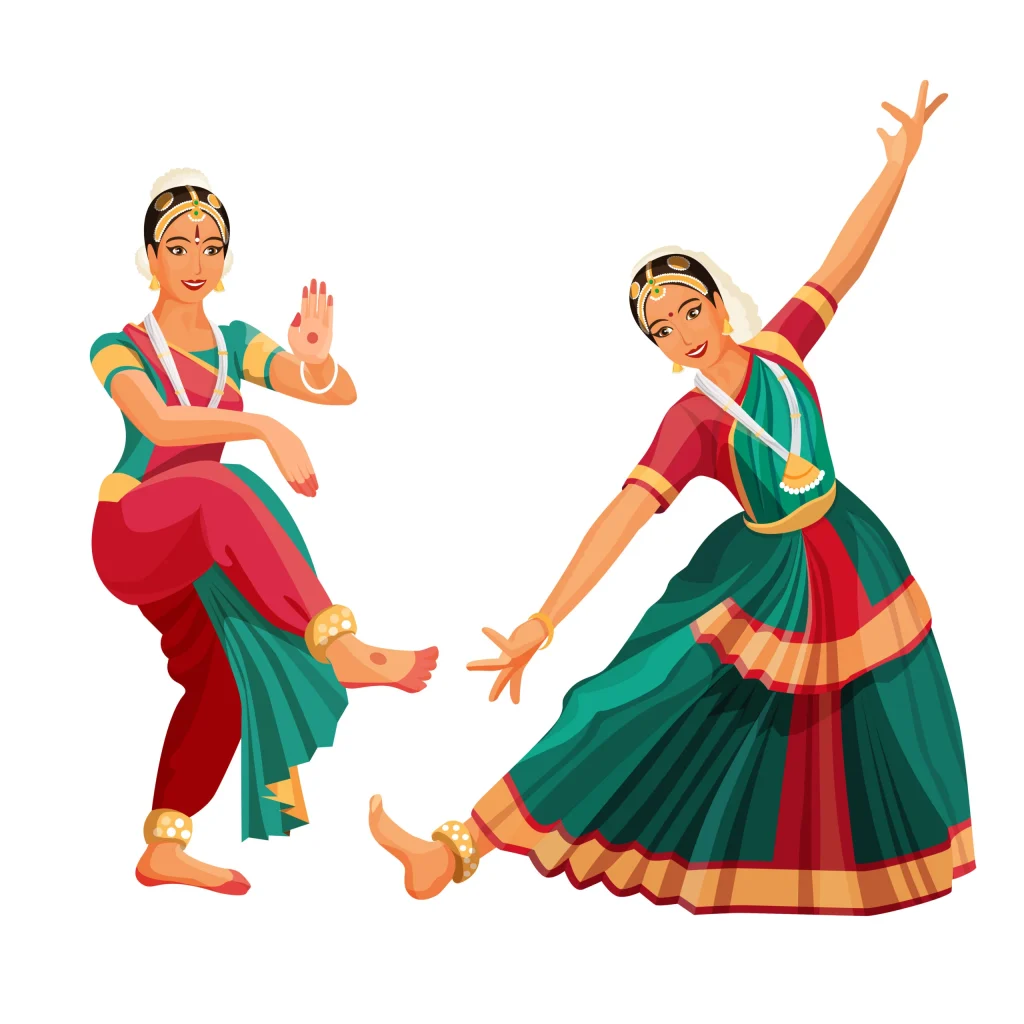Bharatanatyam includes many components like the feet movement, hand gestures, facial expressions, and also the adavus. The concept of facial expressions is extremely important as it gives more elegance and beauty to the dance form. The expressions which are included in this Classical dance form are also known as ‘abhinaya’. Learning expressions may add excellence in this dance form. In this lesson, we will learn various types of Bharatanatyam facial expressions and their importance.
Importance of Bharatanatyam Facial Expressions
There are nine expressions in this dance form that expresses the various feelings along with the hand and leg movements. In dance, facial expression counts a lot. The facial expressions include nine major expressions also known as ‘navarasa’-abhinaya. Before we learn various Bharatanatyam facial expressions, we need to learn about Rasa and Bhava in Bharatanatyam.
How are Rasa and Bhava connected?
Each of the “bhava” in Bharatanatyam results in a corresponding “rasa”. The bhava or the expression is a means to express emotions like happiness, sadness, and so on in the dance form. The facial expression communicates a certain feeling which is the rasa communicated to the audience. The proper expression is a necessary condition to express both the bhava and the rasa.
- Shringar rasa gives rise to the bhava which is known as Rati. This is an expression of extreme delight in Bharatanatyam.
- Hasya means laughter or happiness in Bharatanatyam. The bhava which is associated with this is Hasa.
- Karuna or Sorrow is the expression of sadness in Bharatanatyam dance form. This expression is included within the bhava Shoka.
- Raudra or the anger expression is associated with the bhava Krodh.
- Veera corresponding to the Bhava Utsaha meaning heroism.
- The next rasa is termed the Bhayanaka which means Bhaya in its Bhava form.
- Bibhatsa rasa corresponds to that of Jugupsa in Bhava.
- The rasa Adbhuta corresponds to the bhava Vismaya in Bhava.
- Shanta rasa means Calm in bhava.
9 Types of Bharatanatyam Facial Expressions
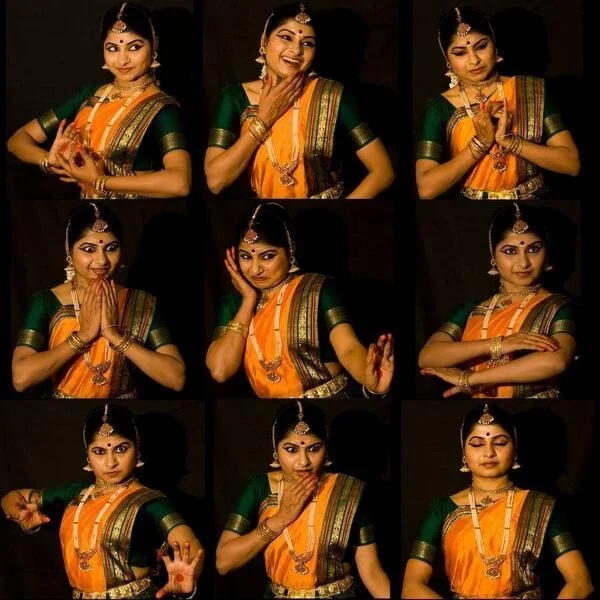
1. Shringar
This is one of the nine expressions which are used in the Bharatanatyam dance form. This facial expression is given to convey the various feelings of erotic, romantic love, or attraction. Rasa which means flavour mainly shows the feelings of love that develop between a man and a woman. Shringar is one of the primary expressions used in various arts and classical dances of India. This depicts beauty many times in the classical dances as well.
2. Hasya
This expression is used to bring about laughter, happiness, or a feeling of careless mirth in the Bharatanatyam dance form. Hasya is also meant to describe the mythological events of Lord Krishna’s naughtiness during his childhood. In the case of describing any form of happiness, this expression is used.
3. Bibhatsya
This facial expression is used to describe the feeling of disgust in human beings. This event was used to describe events that may sicken people. The sorrows of life seen by Siddhartha are described through this expression in Bharatanatyam. Later on, this disgust which he had felt made him seek peace and tranquillity which transformed him into Gautama Buddha.
4. Rudra
This is used to express anger in all its forms through the Bharatanatyam dance form. This is one of the most violent amongst all the rasas. This rasa is also important in the Tandava form of Bharatanatyam. Also used to convey the anger against injustices by kings, disrespect which causes anger, and so on. This expression is also used when the dancer wants to depict destruction in all forms which also includes Natural disasters.
5. Shanta
This is a feeling which is used to convey peace and tranquillity in this dance form. An extremely important Rasa. This is used to depict calmness in the classical dance form and adds elegance to the dance.
6. Veera
This is used to describe heroism through facial expression. This brings out the concepts of courage and the fearless attitude of individuals in life. This also is used to describe the heroic deeds of various kings during the battles in history. Also used to describe the heroism of the martyrs who sacrificed their lives in war. This rasa and bhava are used to depict the boldness of human character.
7. Bhaya
Bhaya facial expression is used to describe fear in Bharatanatyam dance form. This is used to convey threat or terror which is induced on the individuals by the autocratic and cruel rulers who used to torture and practice injustice. Bhaya is also used to depict other emotions and expressions like timidity, fearfulness, cowardice, discomfort and, so on. This is used to describe the feeling of the dreadfulness of the powerless people in subordination to the powerful ones in the society at large.
8. Karuna
This may be described as the feeling of kindness, compassion, sympathy, and a strong feeling for the sorrowful and difficult times of other individuals. It also brings forward the feeling of empathy for the affectionate people and closed ones. It describes how human life is full of griefs, sorrows, and sufferings as was described by Lord Buddha which forced him to choose the path of salvation.
9. Adbhuta
This is used to describe curiosity in human beings. It is performed when one describes the wonder when one meets the supreme, God, or describes a thing of utmost beauty and astonishment.
To learn more about Bharatanatyam facial expressions and understand the difference between Abhinaya and Bharva, you can visit this article
Share with your friends


